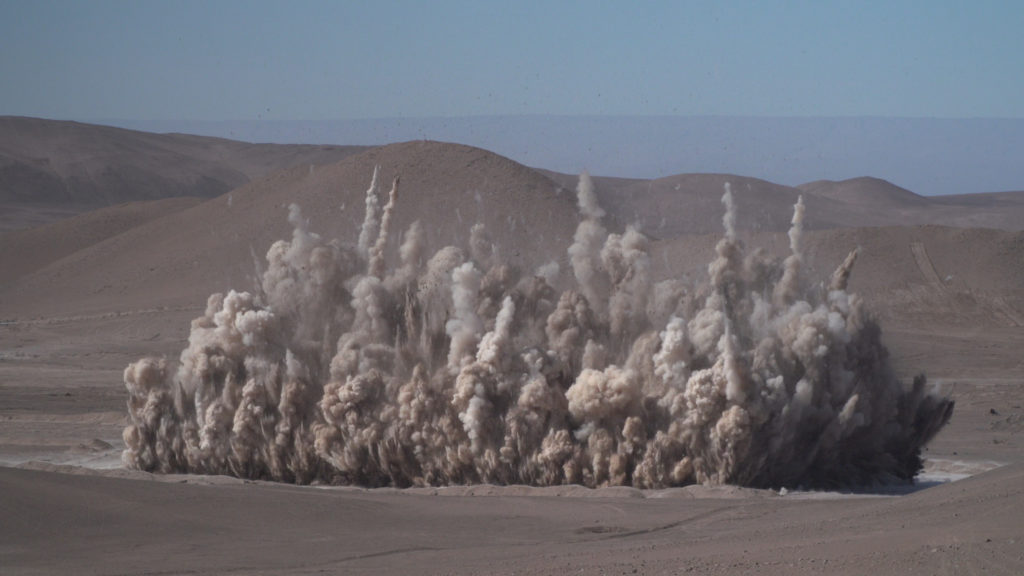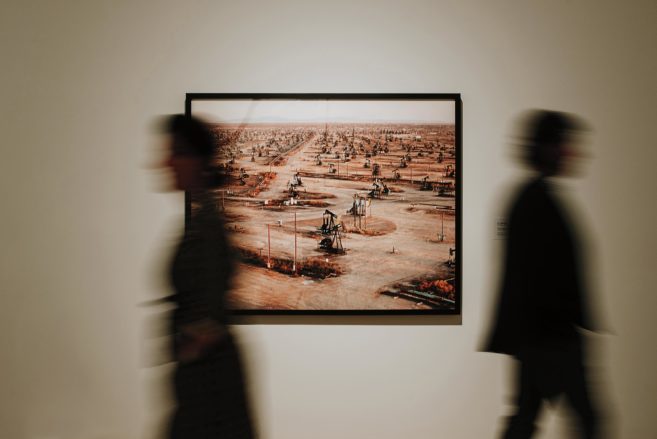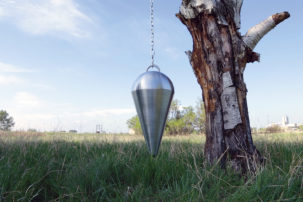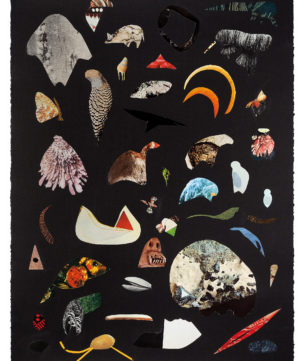I want to think about climate change outside of the restriction of “climate”—outside of meteorology—and think of it instead as a form of industrial toxicity. By toxicity I mean the overheating of various forms of existence, and by overheating I refer to all kinds of overheating: the climate generally, but also all industrial-capitalist, late-liberal chemicals and radiation, from Fukushima to Chernobyl to PCBs—all things we consider toxic. That way we can think of climate change as one kind of toxicity among many, one that’s spewed out vis-à-vis extractive capitalism and what some call “semiocapitalism”—information capitalism—since the infrastructures and materials needed to construct data-storage systems are within extractive capital.
When we talk about climate change, climate experts speak of reduction and amelioration: they say the best approach would be to stop the process and, if we can’t do that, then to ameliorate its effects. Amelioration would include, for instance, air conditioning. If we give air conditioning to places most affected by extreme heat, where do the materials to build air conditioners come from? Where does the toxicity of discarded air conditioners go? From and to poor people, to brown people, to Indigenous people.
A very similar approach is taken in discussions about toxicities. Take, for example, responses to lead poisoning in Flint, Michigan. “Oh my gosh!” they say at first, “You’re right, that was racism!” And then they ask what should be done. Well, they say, those toxins need to be removed, the soil or the too-hot air needs to be replaced, as do the water and the infrastructure.
In other words, we need to remove the toxins, replace the infrastructure and restore those people and places. Whether it’s climate change or lead poisoning in Flint, we hear liberal voices—typically white, northern, middle-to-upper class (or trying to stay middle-to-upper class) voices—saying those three things when they are confronted with their own responsibility for off-loading toxins into other communities. This is the real problem I see with the politics of climate change—this liberal fantasy, with its class and epidermal marking, to “Remove! Replace! Restore!” Remove to where? Replace with what? Restore to what? What we see with remove-replace-restore is a typical liberal, predominantly white Western strategy: claim that you wish to elevate others to your standard of living, when in fact you are simply refusing to have the life you’ve grown accustomed to, one based on the extractions of life and materials from others, be in any way affected by the current and coming storm.
What are the politics of thinking about climate change and toxicity as systems of liberal complicity? The subtext is that you can’t replace without taking, you can’t remove without dumping, and you can’t restore because the distribution is already there. All you can really do—as one who has created toxins or benefited from them—is to distribute them more evenly. The people who created this embankment of purity around themselves have to be told that everybody has to drink their fair share of the shit. Maybe then they won’t produce so much of it. Until that happens, nothing changes. —As told to Yaniya Lee

 Melanie Smith, Maria Elena (still), 2018. Full HD video, 24 min 30 sec. Courtesy Galerie Peter Kilchmann, Zurich/Platforma Atacama, Chile. Collection Rocio and Boris Hirmas.
Melanie Smith, Maria Elena (still), 2018. Full HD video, 24 min 30 sec. Courtesy Galerie Peter Kilchmann, Zurich/Platforma Atacama, Chile. Collection Rocio and Boris Hirmas.






